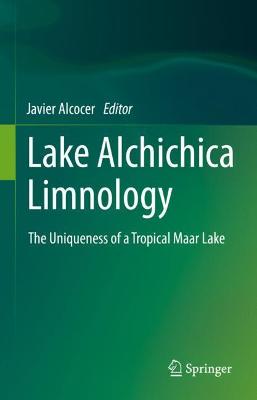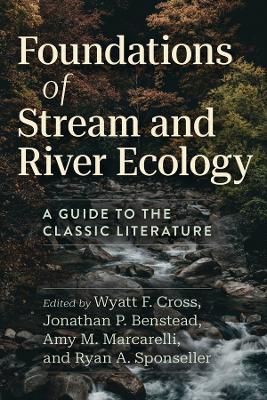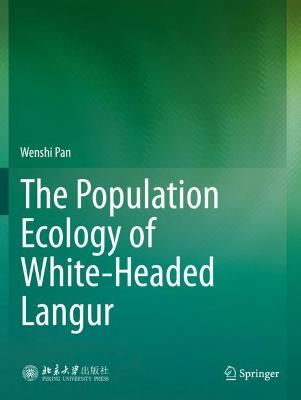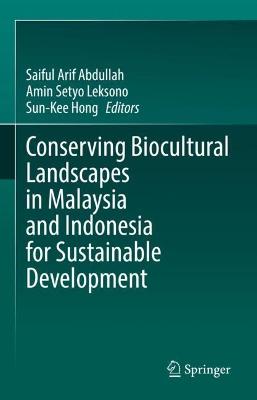Lake Alchichica Limnology
 portes grátis
portes grátis
Lake Alchichica Limnology
The Uniqueness of a Tropical Maar Lake
Alcocer, Javier
Springer Nature Switzerland AG
03/2022
433
Dura
Inglês
9783030790950
15 a 20 dias
846
Descrição não disponível.
Chapter 1 Lake Alchichica: History of Human Settlements.- Chapter 2 Geological Evolution of the Alchichica Crater.- Chapter 3 Paleoenvironmental Change in Central Mexico During the Last 20,000 Years.- Chapter 4 Recent Climate of Serdan-Oriental Basin.- Chapter 5 Hydrogeology and Hydrochemistry of the Serdan-Oriental Basin and the Lake Alchichica.- Chapter 6 Meteorological Regime, Local Climate, and Hydrodynamics of Lake Alchichica.- Chapter 7 Physicochemical Characteristics.- Chapter 8 The Littoral Environment.- Chapter 9 Aquatic Vegetation.- Chapter 10 The Littoral Community.- Chapter 11 Bacterioplankton.- Chapter 12.- Phytoplankton of Alchichica: A Unique Community for an Oligotrophic Lake.- Chapter 13 Protozooplankton.- Chapter 14 Metazooplankton: The Joys and Challenges of Living in a Saline, Oligotrophic, Warm Monomictic Lake.- Chapter 15 Alchichica Silverside.- Chapter 16.- The Axolotl of Alchichica.- Chapter 17 The Deep Benthic Zone. - Chapter 18 Lake Metabolism. - Chapter 19 Lake Food Webs.- Chapter 20 Diversity and Endemisms.- Chapter 21 Conservation Actions.- Chapter 22 Microbialites: Diversity Hotspots in the Mexican Plateau.- Chapter 23 The Lake Alchichica from an Astrobiological Perspective.- Chapter 24 Lake Alchichica Traditions, Myths, and Legends: Interviews with Local Residents.
Este título pertence ao(s) assunto(s) indicados(s). Para ver outros títulos clique no assunto desejado.
Warm monomictic lakes;Saline lakes;Tropical food webs;Microbialites;Stromatolites;Cyanobacterial blooms
Chapter 1 Lake Alchichica: History of Human Settlements.- Chapter 2 Geological Evolution of the Alchichica Crater.- Chapter 3 Paleoenvironmental Change in Central Mexico During the Last 20,000 Years.- Chapter 4 Recent Climate of Serdan-Oriental Basin.- Chapter 5 Hydrogeology and Hydrochemistry of the Serdan-Oriental Basin and the Lake Alchichica.- Chapter 6 Meteorological Regime, Local Climate, and Hydrodynamics of Lake Alchichica.- Chapter 7 Physicochemical Characteristics.- Chapter 8 The Littoral Environment.- Chapter 9 Aquatic Vegetation.- Chapter 10 The Littoral Community.- Chapter 11 Bacterioplankton.- Chapter 12.- Phytoplankton of Alchichica: A Unique Community for an Oligotrophic Lake.- Chapter 13 Protozooplankton.- Chapter 14 Metazooplankton: The Joys and Challenges of Living in a Saline, Oligotrophic, Warm Monomictic Lake.- Chapter 15 Alchichica Silverside.- Chapter 16.- The Axolotl of Alchichica.- Chapter 17 The Deep Benthic Zone. - Chapter 18 Lake Metabolism. - Chapter 19 Lake Food Webs.- Chapter 20 Diversity and Endemisms.- Chapter 21 Conservation Actions.- Chapter 22 Microbialites: Diversity Hotspots in the Mexican Plateau.- Chapter 23 The Lake Alchichica from an Astrobiological Perspective.- Chapter 24 Lake Alchichica Traditions, Myths, and Legends: Interviews with Local Residents.
Este título pertence ao(s) assunto(s) indicados(s). Para ver outros títulos clique no assunto desejado.







